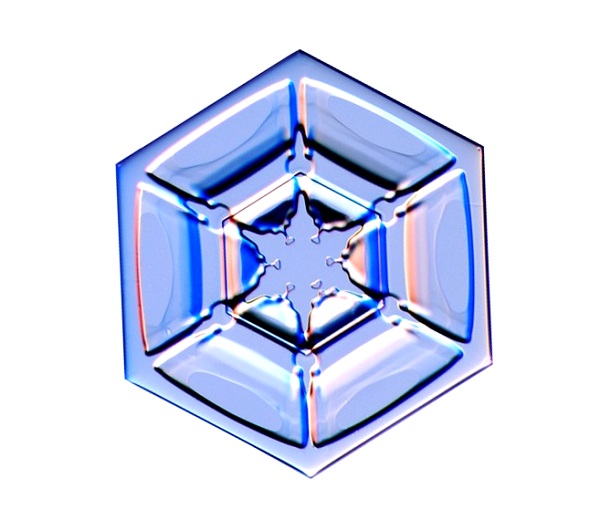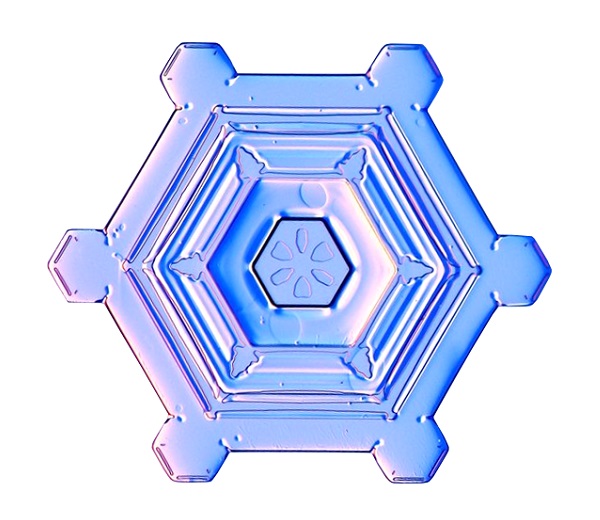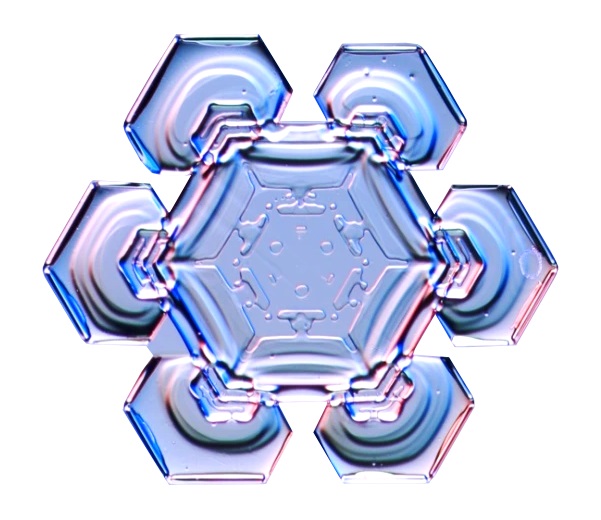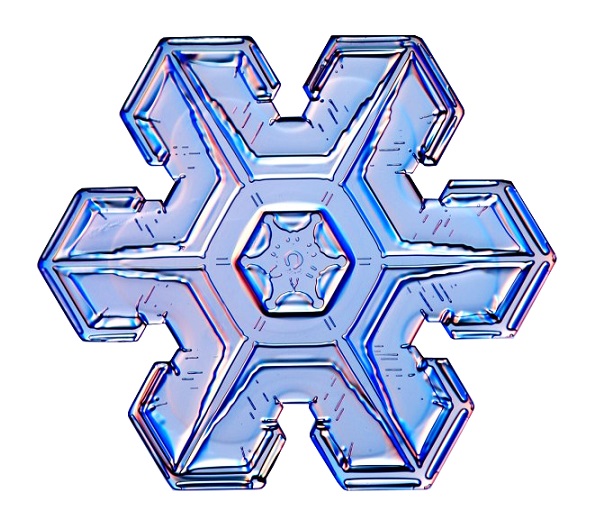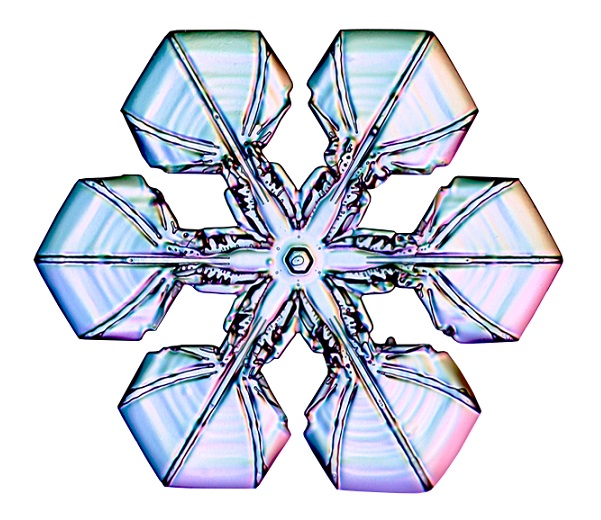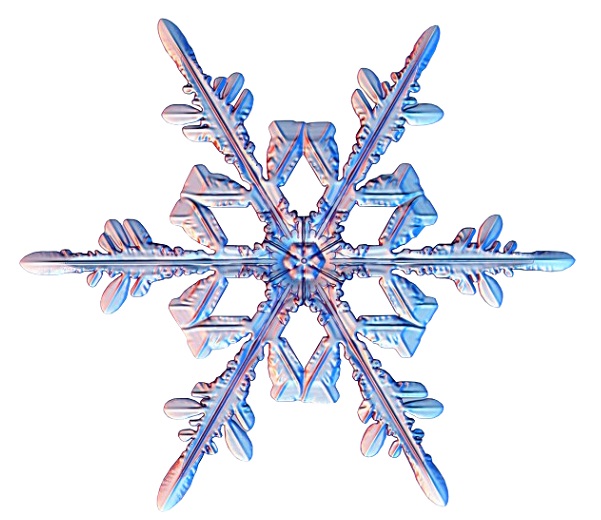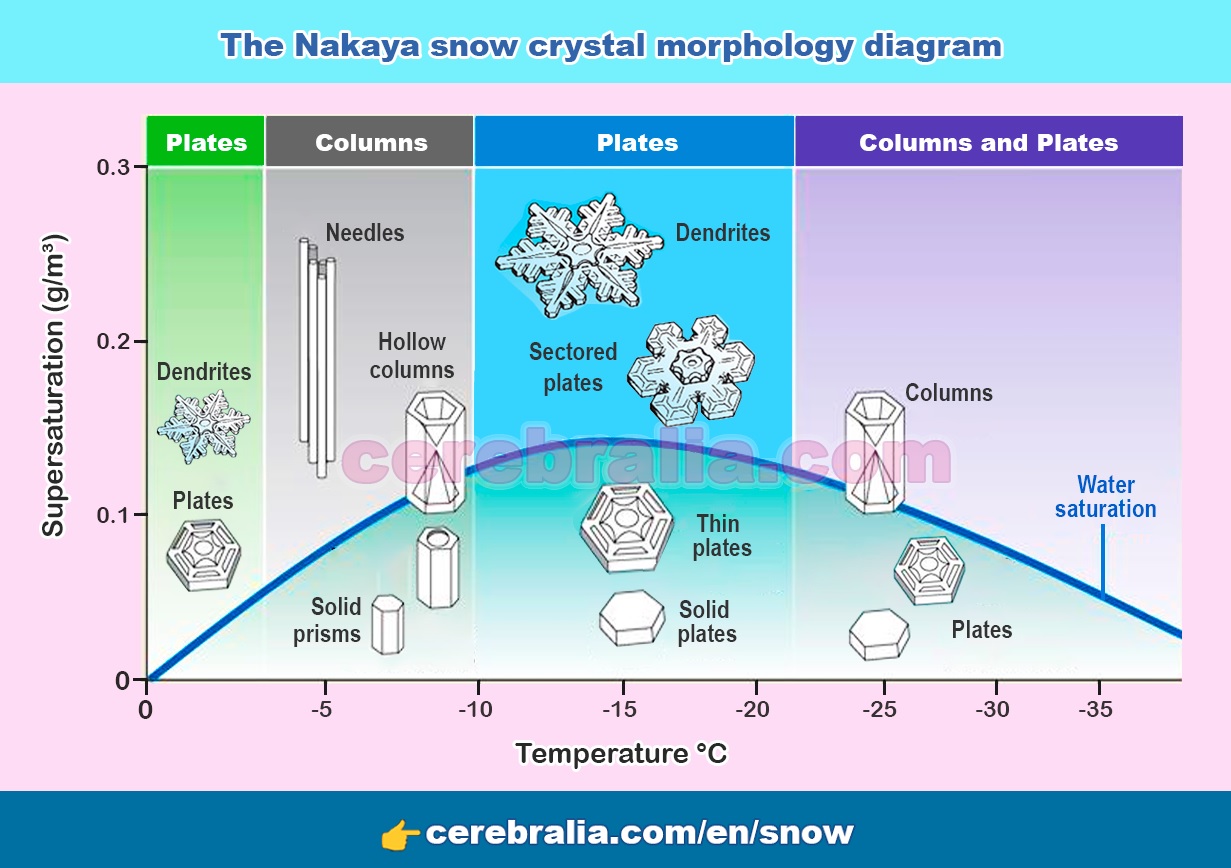
Share on:
What is snow?
Snow is defined as solid precipitation which occurs in a variety of minute ice crystals at temperatures well below 0 °C but as larger snowflakes at temperatures near 0 °C. Snowfall is made up of both single ice crystals and clumps of ice crystals. The clumps are called snowflakes.

Precipitation falls as snow when the air temperature is below 2 °C (usually during the winter season). Heavy snowfalls can severely hinder transporation in variable moderate climates but provides a firm surface for travel in remote Arctic, Antarctic, and mountainous areas using traditional dogsleds or snowshoes or modern snowmobiles.
How does snow form?
Snow is formed high in the clouds from water vapor, which is water in the form of gas. If a cloud is cold enough, the water vapor freezes to form ice crystals. At temperatures between about −40 °C and 0 °C, water vapor crystallizes around bits of dust in the cloud. At lower temperatures, water vapor freezes directly into ice crystals.
Then, the surrounding water vapour molecules are deposited on its surface and the crystal grows. The ice crystals can stay up in the clouds. Or, if they are heavy enough, they can fall to the ground. As they fall they can clump together with other ice crystals to form snowflakes.
As snowflakes fall, they can pass through warmer or colder air. When this happens, the flakes may melt and refreeze. The snow will then take many different and intricate shapes until it finally reaches the ground.
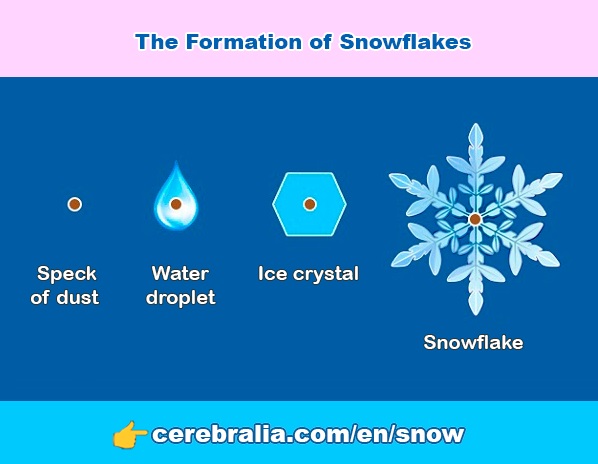
Even after the snow reaches the ground, it continues to change shape as it melts and melts with the other flakes. As long as the ambient temperature stays below freezing, it will persist and continue to store, forming layers. If the temperature rises, the flakes will begin to melt and become slushy.
Snow on the ground tends to become increasingly dense, and where it survives spring and summer melt for years, it can turn to ice and form a glacier. On slopes, when changes in temperature reduce the coherence of snow particles in the snowpack, gravity and viscosity can overcome friction, causing avalanches.
Why are snowflakes hexagonal?
Every snowflake is a hexagon, meaning it has six sides. This is because water molecules each contain two hydrogen atoms and one oxygen atom. (This is why water is called H2O). The atoms of the water molecule form an angle of 104,5°.
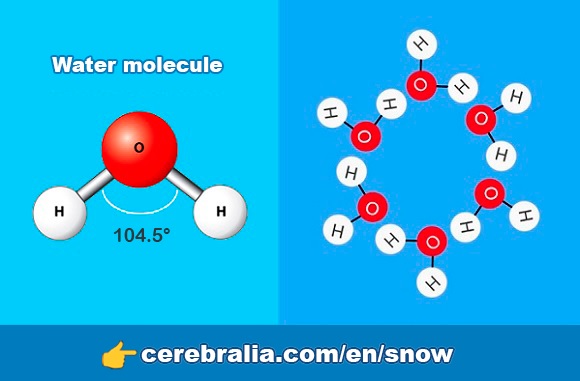
The structure of each water molecule fits like puzzle pieces with another water molecule. The negative charge of oxygen attracts the positive charge of hydrogen, and all shapes have six sides when frozen. The hexagonal shape of water molecules bonded together persists as the snowflake grows and grows.
If there's enough water around them, more water particles will attach at the little points of that six-sided crystal, each becoming an arm or a branch. As the snowflake continues to fall, more water vapor (moist air) sticks to the branches, making each flake more elaborate.
The shapes of snowflakes
In the 1930s, the Japanese physicist Ukichiro Nakaya, one of the pioneers in the study of snowflakes, discovered that the morphology of crystals depended to a great extent on the humidity and temperature conditions in which they grow.
Nakaya found that at -2 degrees Celsius thin plate-like crystals arose, at -5 degrees they produced mostly thin needles, and at -15 degrees plates again predominated. Finally, below -25 degrees, we see a mix of thick plates and column-like shapes.

The exact shape of the snow crystal is determined by the precise path it took through the clouds. But all its arms or branches took the same path, so each one experienced the same changes at the same time, therefore they grow in synchrony, giving a complex and symmetrical shape.
Humidity (the concentration of water vapor in the surrounding air) determines the richness of detail in crystalline forms. The more moisture there is in the air, the crystals tend to grow rapidly and more branched structures emerge. Drier conditions tend to generate flat surfaces. Temperature is also important: warmer temperatures create extensive branching patterns, while cool temperatures produce simple patterns.
Because the temperature and the amount of water particles in the cloud are not the same everywhere, ice crystals grow in very different ways.
The size of snowflakes
The size of snowflakes formed by an individual snow crystal generally varies between 0.2 and 2 mm. Stellar dendrites are one of the largest types of snowflakes, generally measuring about 5 millimetres.
According to the Guinness World Record, the largest recorded snowflake was documented in Montana (USA) in January 1887. That particular snowflake was 38 centimetres in diameter and 20 centimetres long. But there is no evidence to support this claim. According to researchers, it is believed to be an aggregate snowflake.
What are aggregate snowflakes?
The meteorological expression «snowflake» refers to various types of winter precipitation, ranging from loose snow crystals to agglomerates of colliding crystals that clump together as they fall.
«Aggregate snowflakes» are formed when snow crystals collide with other snow crystals and frozen water droplets. That's why aggregates look like fluffy snowballs. There is no known limit to how large an aggregate could become while in the air.
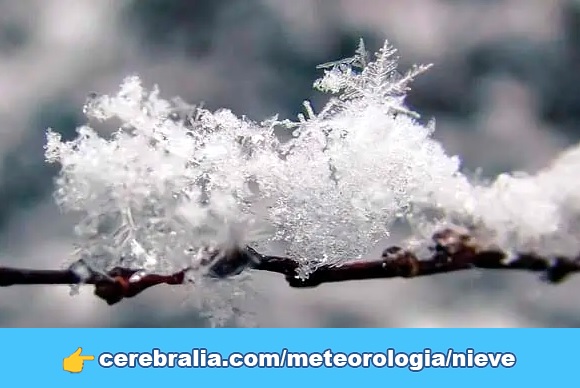
Large aggregates are likely to form in snow clouds, but atmospheric winds prevent them from reaching the ground. This means that the Guinness record-setting snowflake would have had to fall on a day when there was little or no wind, plus plenty of moisture in the air to facilitate the clumping of many snow crystals and frozen droplets as the snowflake fell.
Snowflakes and weather forecast
The shapes, size and density of snowflakes record what was happening in the clouds where they formed, allowing scientists to better understand the inner workings of snowstorms, from the cloud tops to the ground. This information is very useful for improving local snowfall forecasts, helping to inform decisions about which roads to clear and where the risk of avalanches is high.
Why are no two snowflakes exactly alike?
That’s because individual snowflakes all follow slightly different paths from the sky to the ground —and thus encounter slightly different atmospheric conditions along the way. Therefore, they all tend to look unique.
Take this quiz about snowflakes
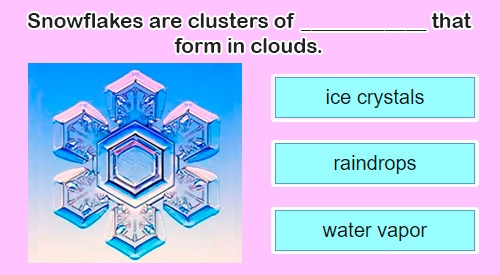
🥇 Find out more:
✅ The 7 most common types of snowflakes
✅ Why is snow white when ice is transparent?
✅ Wilson Bentley, the first snowflake photographer


